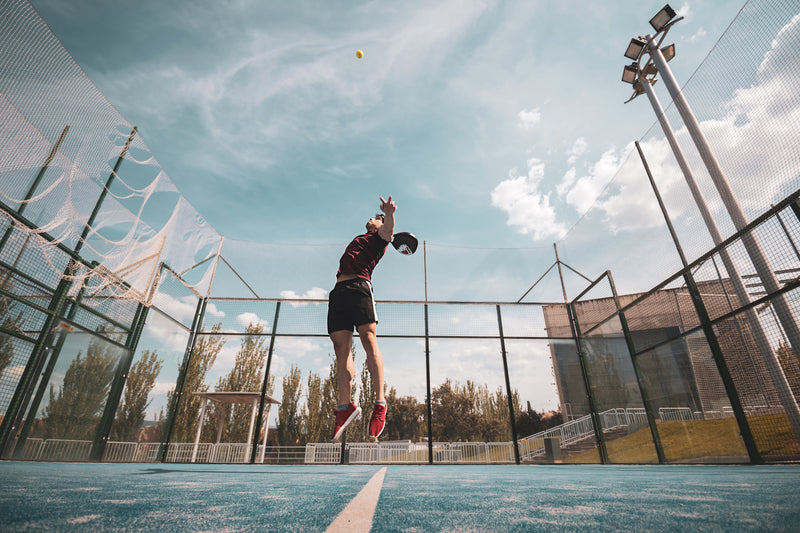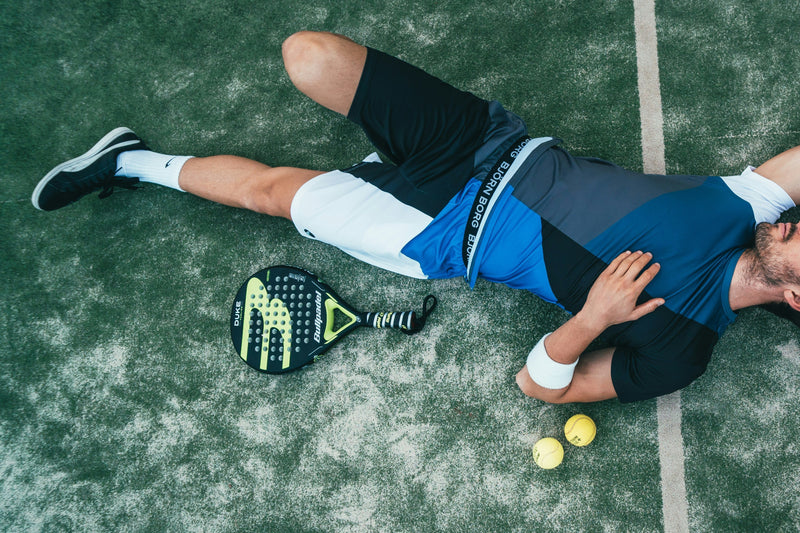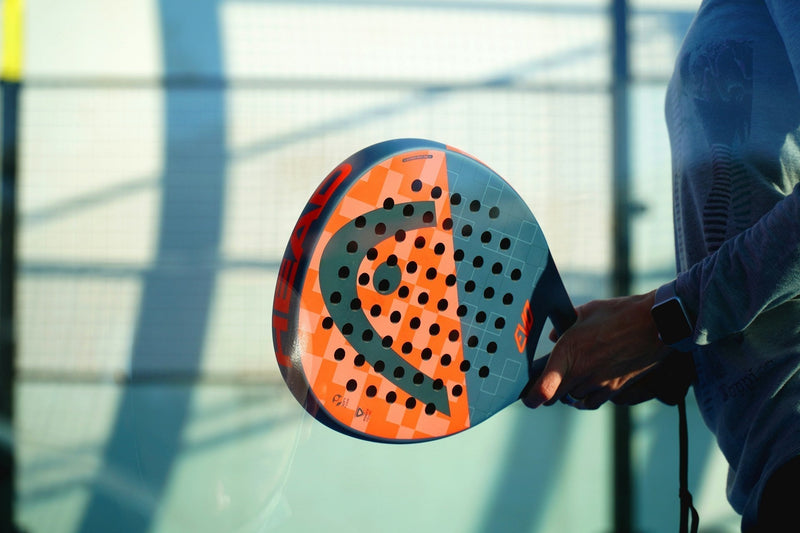Shop our complete padel equipment range at Momentum Sports. We stock high-quality padel rackets, shoes, bags, and accessories from top brands. Our padel equipment suits players of all levels, from beginners just starting to play padel to intermediate players who want more control and power on the court.
Running shoes focus on forward motion and heel-to-toe movement, but padel shoes emphasize lateral stability and grip for side-to-side movement. Padel footwear has different sole patterns that grip court surfaces better and prevent slips during direction changes. Running shoes lack the toe protection that padel players need when they push off walls.
Yes, proper padel footwear helps you play better and reduces injury risk on court. Regular athletic shoes often lack the grip patterns needed for padel courts and don't give enough lateral support for padel movement. The right shoes help you stop quickly, change direction safely, and maintain stability during intense rallies, ensuring better performance on court.
Lightweight shoes work better if you prefer speed and agility over maximum protection. These models help you move quickly but may cause more fatigue during long matches. Supportive shoes with extra cushioning work better for players who need comfort and protection, especially if you have foot problems or play frequently.
Small studs or fine herringbone patterns give the best traction on artificial grass courts without damaging the surface. The grip should help you stop quickly but still let you slide when needed. Avoid shoes with large or aggressive treads that can catch on artificial grass and cause injury.
You need a padel racket for play, padel balls for practice, comfortable sportswear that lets you move freely, and a good sports bag to carry your gear. Many players add sweatbands, overgrips for better racket control, and a water bottle. Protective eyewear helps during intense matches, and proper socks prevent blisters during long games.
Replace your shoes when the sole wears smooth or the upper materials start breaking down. Players who compete regularly may need new shoes every 6-12 months, while recreational players can often wear the same pair for 1-2 years. Watch for loss of grip or cushioning that affects your game performance and take care of your shoes by cleaning them after each match and storing them properly.
Tennis shoes can work for casual padel play, but they perform poorly compared to proper padel footwear on artificial grass courts. The grip patterns and lateral support in tennis shoes don't match the specific demands of padel movement. For serious play, invest in proper padel footwear that will help your game and reduce injury risk.
New players should focus on comfort and stability over speed features. Choose shoes with good cushioning that protect your feet while you learn proper movement techniques. Look for models with clear grip patterns and adequate toe protection for wall contact. Comfort should be your top priority until your game develops.



